Beetroot: A Nutritional Powerhouse for Your Diet
When it comes to vibrant vegetables that pack a nutritional punch, beetroot stands out as a clear winner. This root vegetable, with its deep red hue and earthy flavor, has gained popularity for its wide range of health benefits and versatile use in the kitchen. Whether you’re looking to boost your diet, experiment with recipes, or even grow your own, this blog will guide you through everything you need to know about beets.
Table of Contents
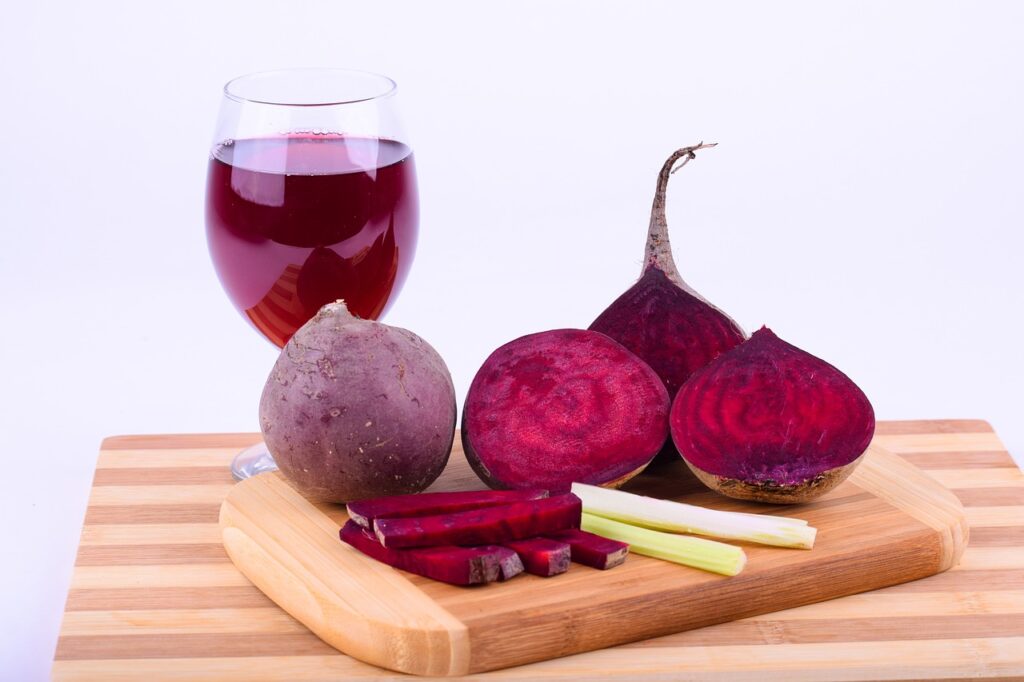
Introduction to Beetroot
Beetroot, or simply beets, are root vegetables that come in a variety of colors, including red, yellow, and even striped. This nutrient-rich vegetable is celebrated for its slightly sweet taste and versatility in the kitchen. From salads to smoothies, soups to desserts, beetroot can enhance your dishes in both flavor and nutrition.
Nutritional Benefits of Beetroot
Beetroots are a nutritional powerhouse, rich in essential vitamins, minerals, and antioxidants. Here’s what makes them a valuable addition to any diet:
- Rich in Antioxidants: Beetroots contain betalains, a powerful antioxidant that helps combat oxidative stress and inflammation in the body.
- High in Fiber: A great source of dietary fiber, beets support digestion, promote gut health, and help regulate blood sugar levels.
- Packed with Vitamins and Minerals: Beetroots are an excellent source of vitamin C, vitamin B6, folate, manganese, and potassium.
- Boosts Heart Health: Thanks to its high nitrate content, beetroot helps improve blood flow and reduce blood pressure, promoting heart health.
- Supports Athletic Performance: Beetroot juice has been found to improve stamina and endurance in athletes by enhancing oxygen use during exercise.
- Liver Detoxification: Beets support liver function by promoting detoxification and reducing the risk of fatty liver disease.
Beetroot Nutrition Facts
Serving Size: 1 cup (130 grams)
| Nutrient | Amount | % Daily Value |
|---|---|---|
| Calories | 59 | |
| Fat | 0.2g | 1% |
| Sodium | 232mg | 10% |
| Carbohydrates | 11g | 4% |
| Fiber | 3.8g | 15% |
| Sugar | 6.8g | |
| Protein | 2.4g | |
| Vitamin A | 16% | |
| Vitamin C | 10% | |
| Calcium | 3% | |
| Iron | 18% | |
| Potassium | 19% | |
| Folate | 20% |
Additional benefits of beets:
- Rich in antioxidants
- May lower blood pressure
- Can improve athletic performance
- May aid in detoxification
Would you like to know more about the health benefits or culinary uses of beets?
History and Origins of Beetroot
The history of beetroot can be traced back to ancient civilizations in the Mediterranean region. Initially, only the leafy green tops were consumed, but by the time of the Roman Empire, the root became popular as well. Beets were used not just for food, but also for medicinal purposes, treating ailments such as fevers and constipation.
Beetroot’s vibrant color has also made it a valuable source of natural dye throughout history. In the 19th century, it gained commercial importance when sugar beets became a major source of sugar production.
How to Grow Beetroot at Home
For those with a green thumb, growing beetroot is relatively easy and can be highly rewarding. Whether you have a large garden or a small balcony, you can cultivate your own beets with just a bit of effort.
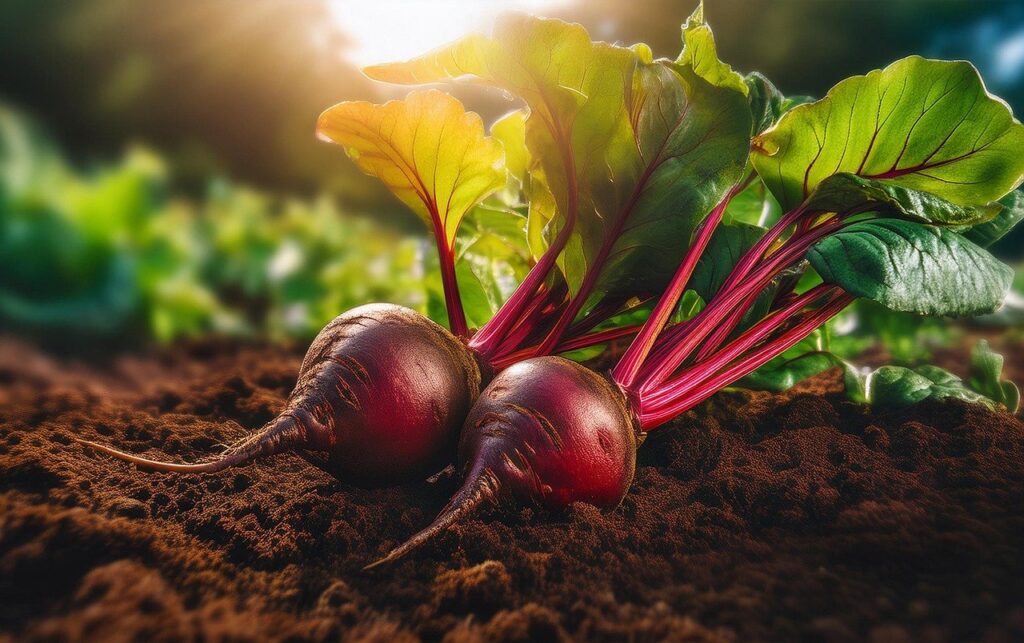
Steps to Grow Beetroot:
- Choose the Right Location: Beetroots thrive in well-drained soil with full sunlight.
- Planting Seeds: Sow beet seeds directly into the soil, about 1 inch deep and 4 inches apart, in early spring or late summer for a fall harvest.
- Watering and Care: Water the plants consistently to keep the soil moist but not soggy. Thin seedlings once they sprout to allow room for root development.
- Harvesting: Beets are typically ready for harvest 7-8 weeks after planting. The greens can be harvested earlier and used in salads.
Tip: Companion planting with lettuce, onions, or bush beans can promote healthier beet growth.
How Beetroot Grow at home Click Here
Delicious Beetroot Recipes
One of the best things about beetroot is its culinary versatility. Here are a few beetroot recipes that will delight your taste buds and showcase the vegetable’s vibrant color and unique flavor.
1. Beetroot Salad with Goat Cheese
Ingredients:
- 2 medium beets (roasted and sliced)
- 1/4 cup goat cheese (crumbled)
- Mixed greens (arugula, spinach)
- Walnuts (toasted)
- Olive oil, balsamic vinegar (for dressing)
Instructions:
- Arrange the roasted beet slices over a bed of mixed greens.
- Top with goat cheese and toasted walnuts.
- Drizzle with olive oil and balsamic vinegar. Season with salt and pepper.
2. Beetroot Smoothie
Ingredients:
- 1 small beetroot (peeled and diced)
- 1 banana
- 1/2 cup almond milk
- 1 tablespoon honey
- Ice cubes
Instructions:
- Blend all ingredients until smooth.
- Serve chilled for a refreshing and nutrient-packed drink.
3. Roasted Beetroot Soup
Ingredients:
- 3 medium beetroots (roasted)
- 1 onion (diced)
- 2 cloves garlic (minced)
- 4 cups vegetable broth
- Salt and pepper to taste
Instructions:
- Sauté the onion and garlic in olive oil until soft.
- Add roasted beets and vegetable broth.
- Simmer for 10 minutes, then blend until smooth. Season with salt and pepper.
Find More Delicious Recipe Click Here
Frequently Asked Questions (FAQs)
1. Is beetroot good for weight loss?
Yes, beetroot is low in calories and high in fiber, making it a great addition to a weight-loss diet. The fiber helps you feel full for longer and supports healthy digestion.
2. Can I eat raw beetroot?
Absolutely! Raw beetroot can be grated into salads, added to smoothies, or juiced for a nutrient-packed beverage.
3. Does beetroot help lower blood pressure?
Yes, the nitrates in beetroot are converted to nitric oxide in the body, which helps relax and dilate blood vessels, lowering blood pressure.
4. How long does beetroot take to grow?
Beetroot typically takes about 7-8 weeks to mature from seed to harvest.
5. Are beet greens edible?
Yes! Beet greens are highly nutritious and can be used in salads, stir-fries, or smoothies.
Conclusion
Beetroot is more than just a colorful vegetable—it’s a nutritional powerhouse that benefits your body in numerous ways. Whether you’re looking to improve your heart health, boost athletic performance, or simply add vibrant color to your meals, beetroot is an excellent choice. With its rich history, easy cultivation, and countless culinary applications, this versatile vegetable should have a regular spot in your kitchen.
Share your love for beets!
Join the conversation and share your favorite beetroot recipes, tips, or experiences.

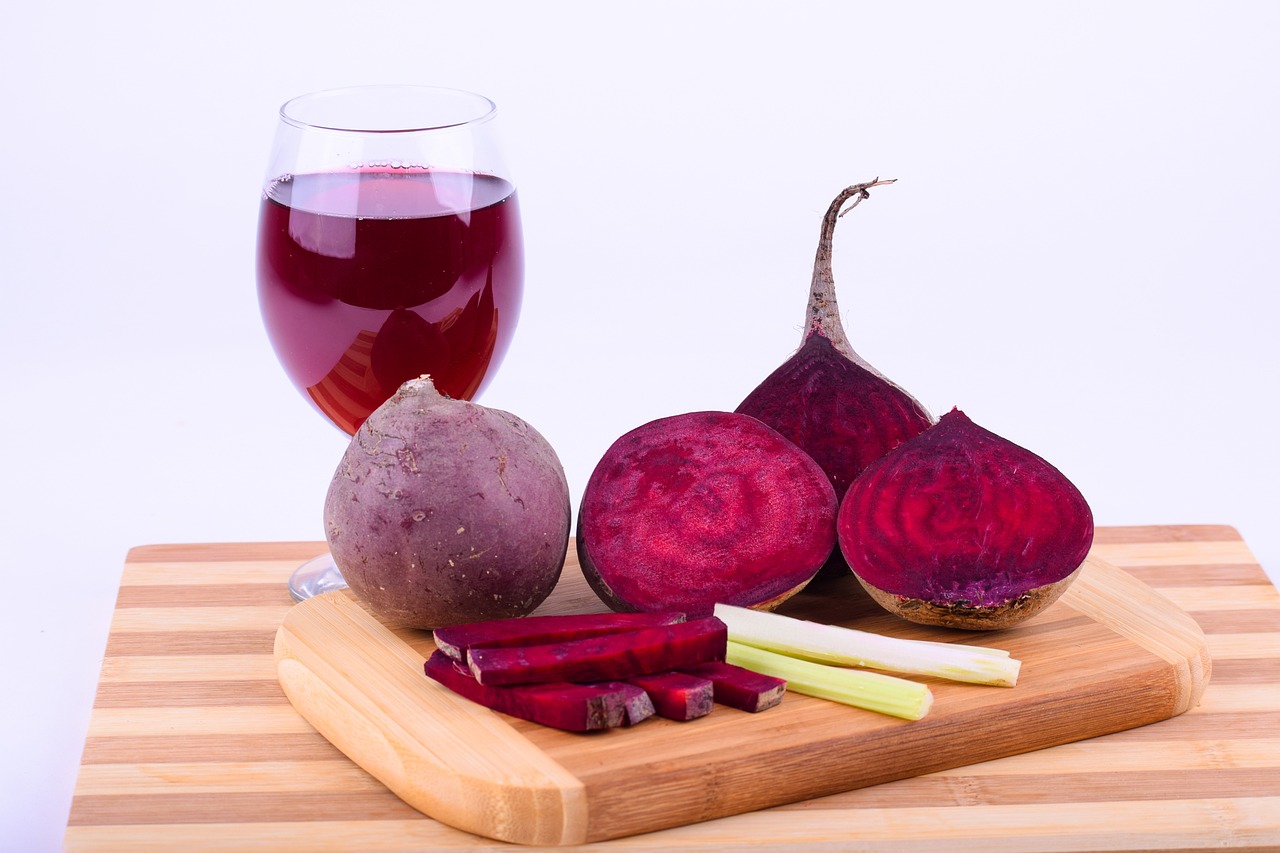
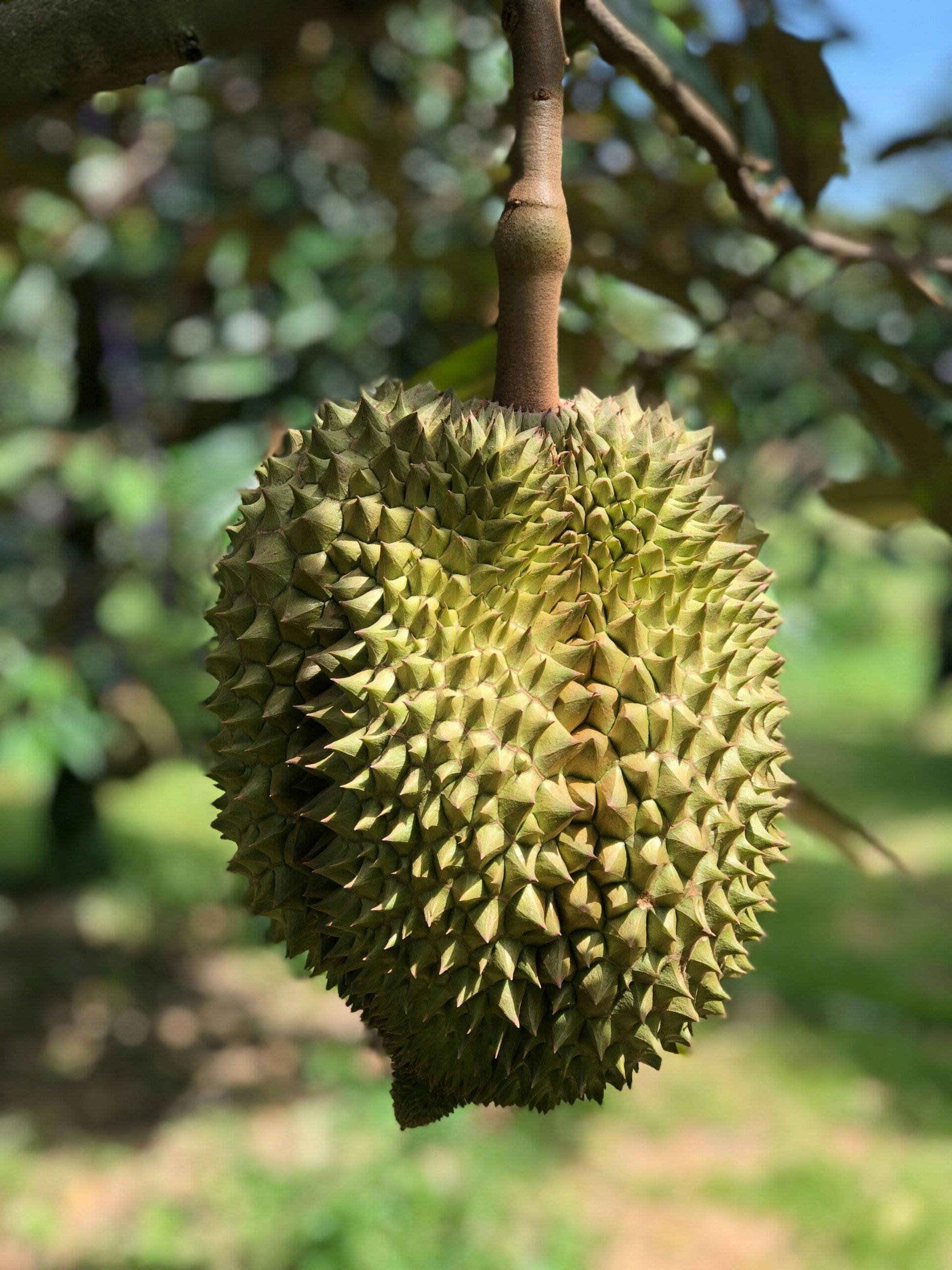
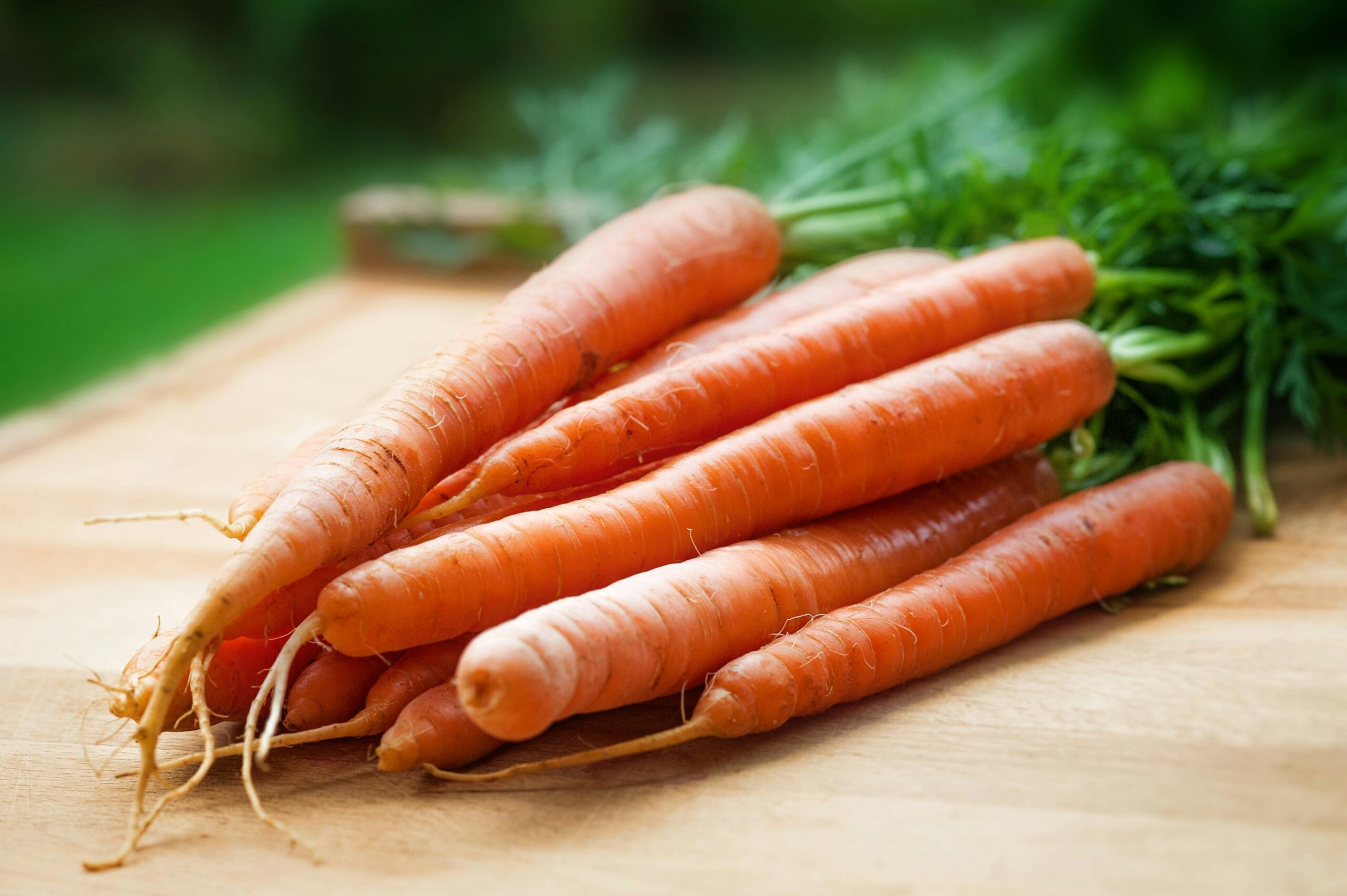
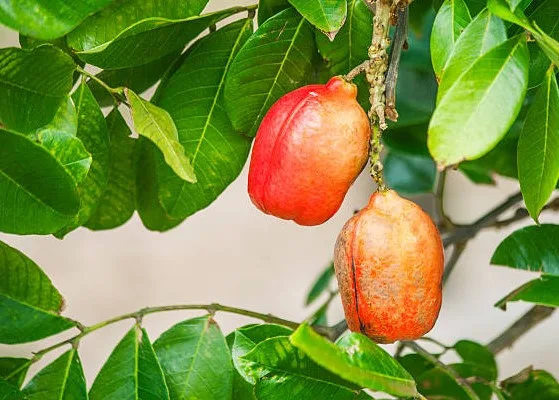

Your mode of telling the whole thing in this article
is truly pleasant, every one be capable of without difficulty know it, Thanks a
lot.
Thank you for your kind words. We’re glad you found the article easy to understand.